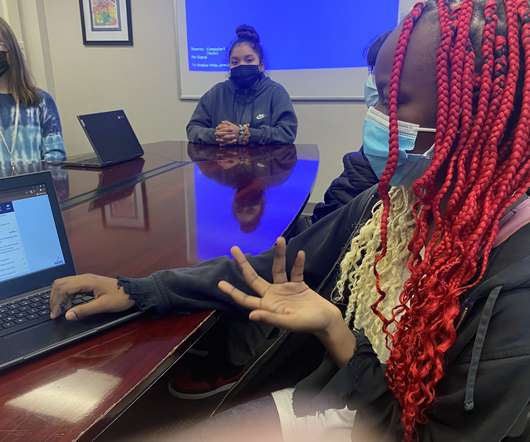COVID-19 Has Widened the Skills Gap. But It Also Presents an Opportunity to Close It.
Edsurge
FEBRUARY 1, 2021
When the unemployment rate spiked during the spring of 2020, jobs that required a college degree declined more than those that didn’t, and new college graduates were hit the hardest. And it appears that investing in last-mile training has a secondary benefit: higher retention. With two-thirds of U.S.





















Let's personalize your content